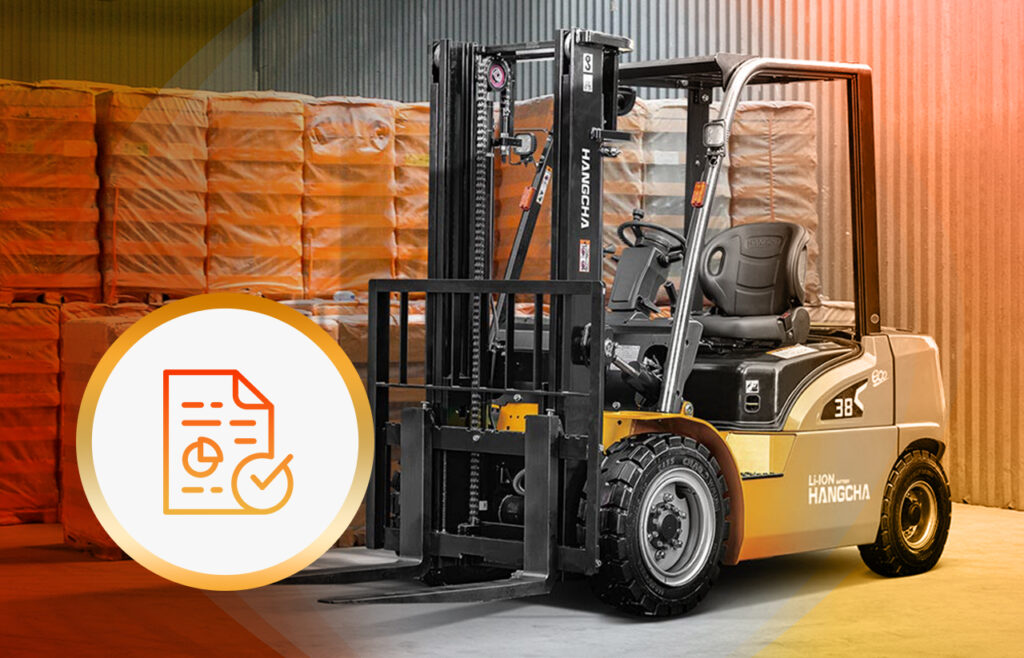
MMO Report
Lifting and conveying equipment are machines and equipment that are constantly used in workplaces to lift and transport loads, personnel and materials and that are inherently dangerous in terms of operating conditions. These equipment are work tools that may pose a danger and should be kept under constant control and supervision, as they should be kept and used in close proximity to employees in the business.
In our country, periodic control of lifting and conveying equipment is mandatory;
2.2 under the article 2. Work Equipment Subject to Periodic Control in Annex III of the Regulation on Health and Safety Conditions in the Use of Work Equipment within the scope of Occupational Health and Safety Regulation No. 6331. It is stated in the clause (Lifting and Conveying Equipment) and its sub-paragraphs.
In control of Lifting and Transmission equipment; Unless otherwise specified in the standards, lifting and conveying equipment must be constructed with a load of at least 1.25 times the declared load. Along with this load test, it is obligatory in the relevant regulation clauses that these equipment must be strong enough to lift and suspend them effectively and safely, and that they must have sufficient load brakes that are resistant to this load.
Periodic checks of work equipment for which periodic control intervals and criteria of Lifting and Transmission Machines are not determined by standards are carried out at the intervals and criteria specified by the manufacturer, if any. If these issues are not determined by the manufacturer, periodic control of the work equipment is carried out at intervals to be determined, taking into account factors such as workplace environmental conditions, frequency of use and duration of use, and according to the results of the risk assessment to be carried out by occupational safety professionals. The specified periodic control interval must not exceed one year, except for the exceptions specified in this Regulation.
Periodic Checks of Lifting Vehicles:
- Crane Periodic Control
- Hoist Periodic Control
- Periodic Control of Mobile Crane
- Tower Crane Periodic Control
- Forklift Periodic Control
- Periodic Control of Scissor Lift
- Periodic Control of Load and People Carrying Platforms
- Periodic Control of Vehicle Lift
- Freight Elevator Periodic Control

